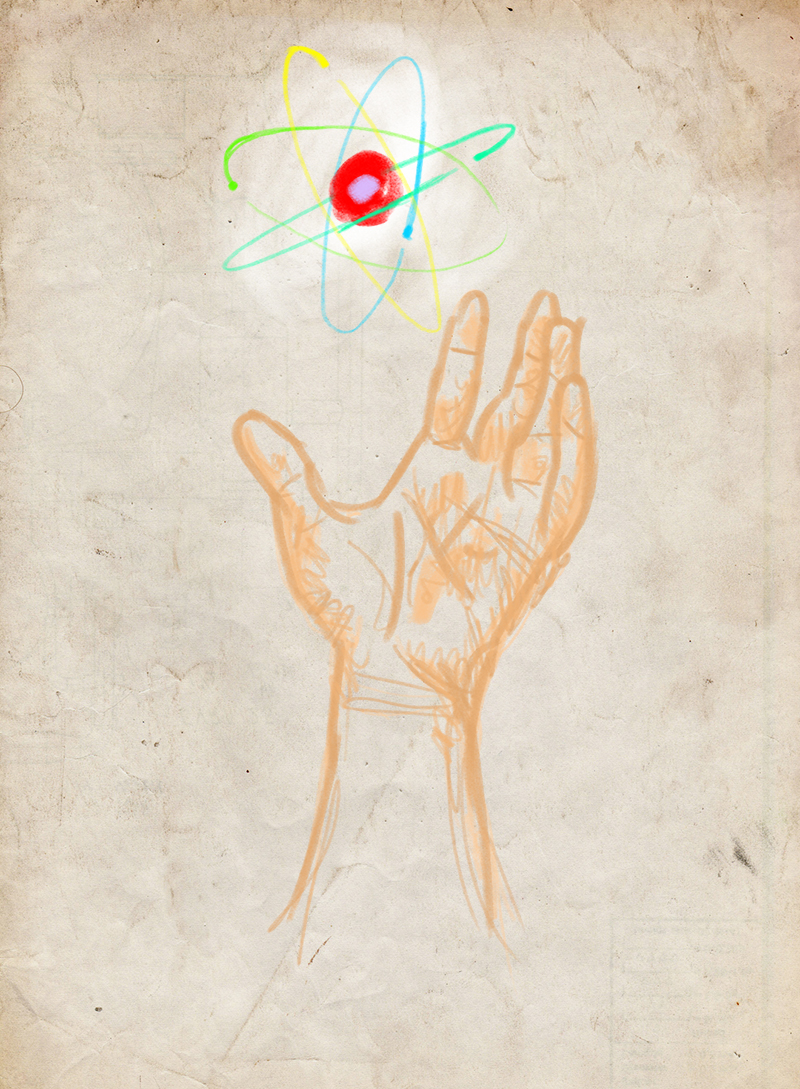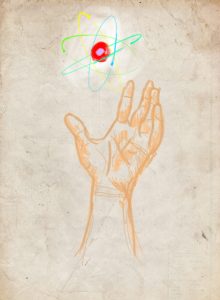New science course offered at Laurier


A new course is being offered this summer at Wilfrid Laurier University.
The course, named physics for medicine and biology, will be held by the department of physics and computer science and will be taught by Ioannis Haranas, adjunct assistant professor.
This is the first time the course is being offered and will act as a test-run for a permanent addition to Laurier’s curriculum.
“The course is in physics and how it applies to biology and medicine. Of course, this is a very wide field of application … we’ll try to cover as much as possible,” Haranas said.
“Because this is only for two months, there’ll be only a few texts [sic].”
He continued to explain what students can expect from a course that intersects three fields of study.
“When you examine fluids, and how they can be used to stimulate the circulatory system, that’s fluid dynamics [applied to the human body].”
“Fluid dynamics in relation to heart circulation. Then, when you talk about neurons or cells or the membrane cells, that is more biology but with physics included.”
Under the course’s description, which is available online or can be found around the school, information can be found which tells students in greater detail what they will be studying.
“We will study the basic physics pertaining to medicine and biology. In particular, with reference to mechanics the transitional and rotational equilibrium will be introduced, with the forces of the heel and hip joint as clinical examples.”
This is only a small portion of what students will be looking at. At the end of the study, students will focus their attention on x-rays and nuclear medicine, as well as their principles in biology and medicine.
“The idea is to [enrich] the physics programme, with more “catchy” courses.”
“Therefore we decided to make this not only a course for physics students. There’s a big health science department here, and we hope that we’ll attract students from there [sic],” he said.
Haranas, along with the assistance of professor and chair of physics and computer science, Chinh Hoang, has been working to get this class off the ground for some time.
“Students, they want classes like this. They need the options,” Haranas said.
Since the class is still in its infancy, there is room for it to grow.
“If we’re successful [this summer], then maybe later we can have labs, or perhaps study at hospitals,” Haranas said, he expressed that with such an intersectional study, the possibilities were end-less.
The course does have a few class perquisites, students will have had to have taken PC 131 or 141. However, not 151 or 132, which is the classes listed on the course description flyers displayed around the school.
“It will have departments it relates to later,” Haranas said, as he discussed the future for the class.
“I expect many students from different science departments to come and take this course.”
Although the future of the course is not concrete, Haranas claimed to be confident in its success.
“If people learn, I’ll be happy.”
This article has been edited from its original form on March 27.

